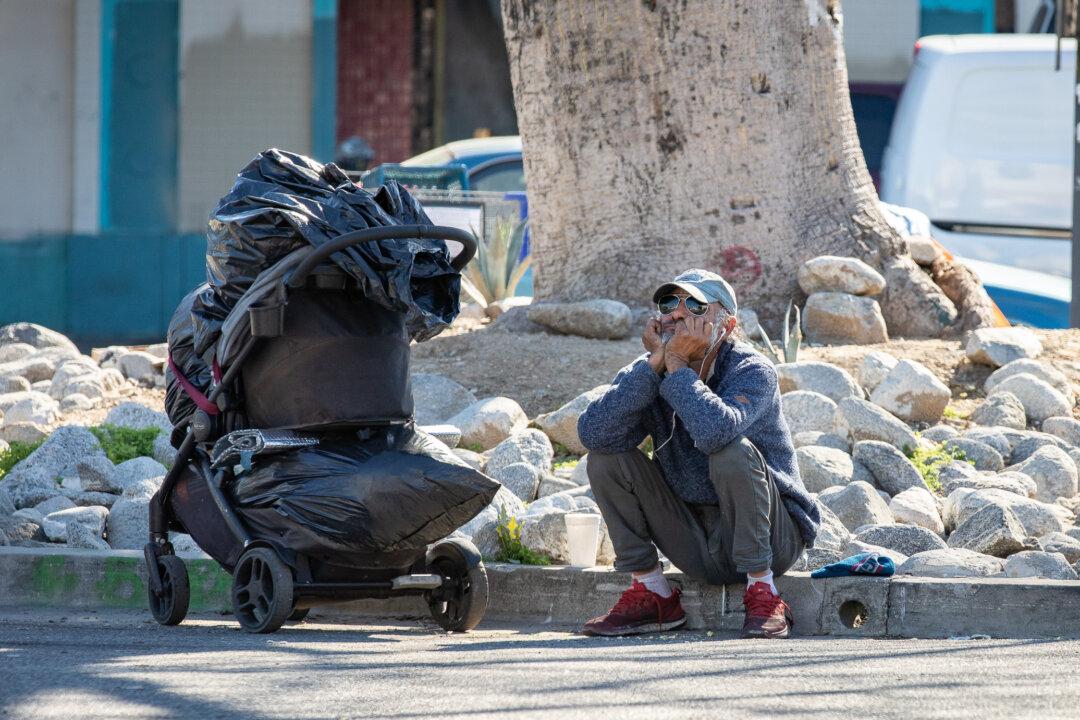Commentary
It’s discouraging. No matter what solutions are advanced, homelessness just keeps getting worse in California. The recently released point-in-time count found the number jumped 10 percent in the City of Los Angeles and 9 percent in Los Angeles County since 2022. For three days in January, more than 7,000 volunteers covered every inch of the city and county, tallying the homeless population. The final number was 75,518 without homes.





